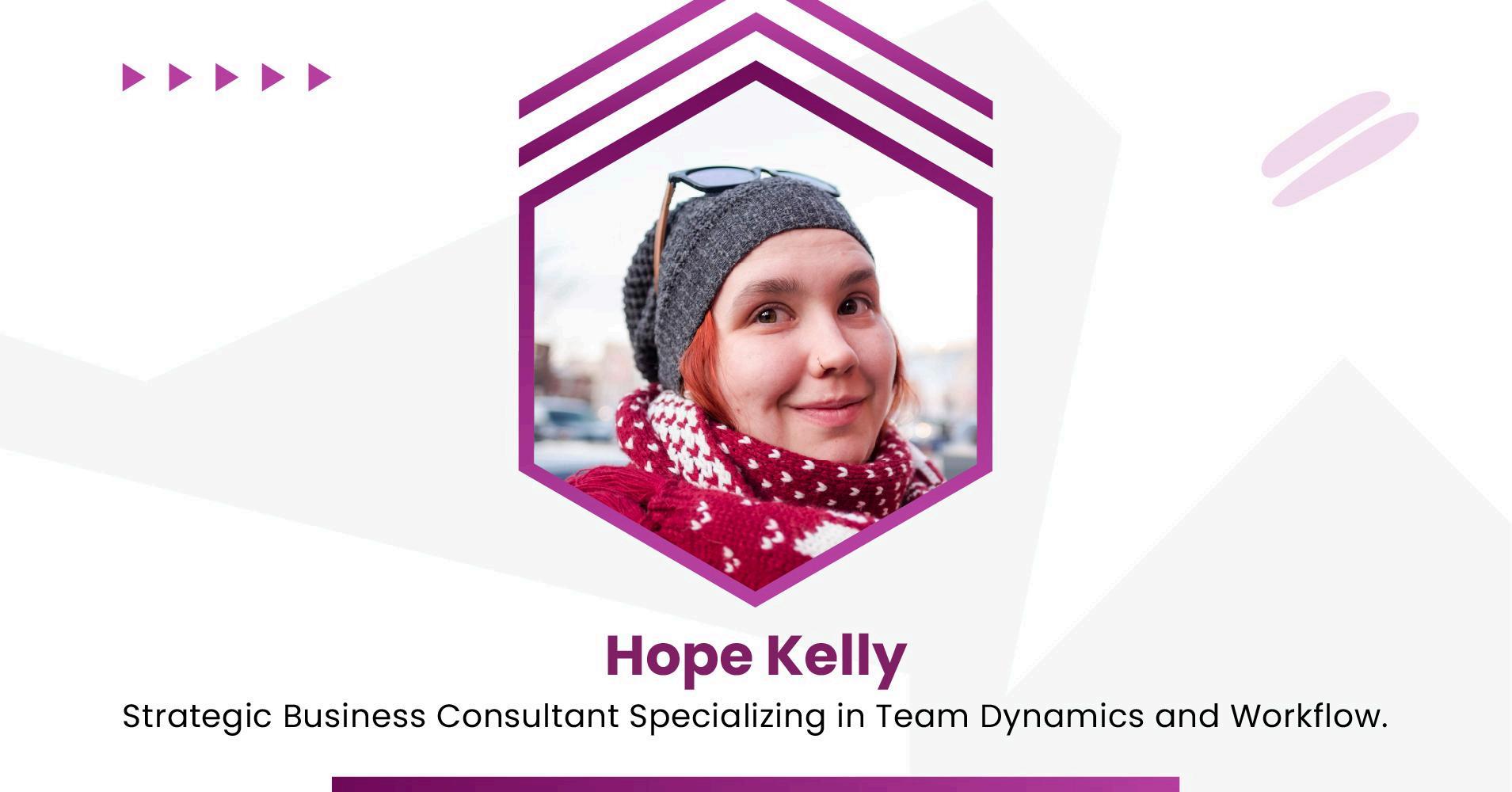

CreatingCalm:AddressingWorkplaceSensory OverloadforaMoreInclusiveFuture
AsdefinedbyHopeKelly,today'sfast-paced,highlyconnectedworkplace,thepressure tomultitaskandremainconstantly“on”hascreatedenvironmentsthatarenotonly mentallydrainingbutalsophysicallyoverstimulating.Workplacesensoryoverload occurswhenindividualsarebombardedbyexternalstimuli brightoverheadlighting, backgroundconversations,ringingphones,computerscreenglare,andevenstrong odorsfrombreakroomsorcleaningproducts.Formany,especiallythosewith neurodivergentconditionssuchasautismspectrumdisorder,ADHD,anxiety,PTSD,or sensoryprocessingdisorder,thesedailyenvironmentalstressorscanmakeitdifficultto function,letalonethrive
Thisoverloaddoesn’tjustreduceproductivity itcontributestoemotionalfatigue, frustration,withdrawal,andabsenteeism However,manyorganizationsremainunaware ofhowtheirworkspacesimpactsensory-sensitiveindividuals.Theissueisrarely addressedindiversityandinclusioninitiatives,yetitdirectlyaffectsanemployee’ssense ofbelongingandabilitytocontributeeffectively.Tacklingthisoverlookedobstacleiskey tobuildingaworkplacethatembracesallformsofhumandiversity
UnderstandingWhoIsAffectedandWhyItMatters
Althoughsensorysensitivityismostoftenassociatedwithneurodivergentindividuals,it's notlimitedtothem.Temporaryconditionssuchasmigraines,stress,sleepdeprivation, andevenagingcanheightenone’ssensitivitytonoise,light,andmotion Thismeansthat sensoryoverloadcantouchanyoneatanypointintheircareer,yetworkplacesarerarely designedtoaccommodatethisreality.
Failingtoaccountforsensoryneedscanunintentionallyexcludevaluabletalent.Itcan alsocreateanenvironmentwheresomeemployeesfeeltheymusthidetheirdiscomfortto avoidbeingperceivedasdifficultoruncooperative.Wheninclusionfailstoaddress sensoryaccessibility,itfallsshortofbeingtrulycomprehensive Businessesthatwantto retaindiversetalentandfosterinnovationmustviewsensory-friendlyworkspacesasa necessaryinvestment notaluxury.
DesigningwithEmpathy:SmallChanges,BigResults
Thoughtfulenvironmentaldesignisoneofthemosteffectivewaystoaddressworkplace sensoryoverload.Incorporatingoptionslikequietzones,soundproofpods,and workstationswithnaturallightcandrasticallyimprovethecomfortandfunctionalityofa workspace Wherebudgetorspaceislimited,simplechangessuchasswitchingtosofter lighting,providingnoise-cancelingheadphones,orallowingemployeestocontroltheir ownlightandsoundlevelscanmakeaworldofdifference.
Colorschemesalsomatter;calminghuesandunclutteredvisualenvironmentspromote focusandreduceagitation.Carpeting,acousticpanels,andplantwallscanreducenoise andecho,contributingtoamorepeacefulsetting.Companiesshouldalsorethink mandatoryin-personmeetingsorconstantcommunicationapps,whichcanoverwhelm employeeswhoneedmorecontrolledenvironmentstofocus.
BuildingPolicyThatReflectsRealNeeds
Beyondphysicaldesign,policyplaysapowerfulroleinreducingsensoryoverload. Flexibleworkhours,hybridworkmodels,andmeeting-freefocusdaysallowindividuals tomanagetheirexposuretotriggeringenvironments Employersshouldalsoadoptclear communicationpractices usingwrittensummaries,projecttimelines,andasynchronous updatesinsteadofrelyingsolelyonfast-pacedgroupmeetingsorimpromptu brainstormingsessions.
Mostimportantly,organizationsneedtoformalizesensoryinclusionaspartoftheirDEI (Diversity,Equity,andInclusion)strategies.Thisincludesofferingworkplace accommodationswithoutrequiringextensivedocumentationorexplanation,allowing self-identification,andprotectingemployeesfromretaliationwhenrequestingsupport. Employeesshouldbeempoweredtospeakopenlyabouttheirneedswithoutfeelingthey willbeseenaslesscapable.
EducatingLeadersandTeamsonSensoryDiversity
Leadershipandteamawarenessarecrucialtomakingsensoryaccommodations successful.Managersneedpropertrainingtorecognizethesignsofsensory overload difficultyconcentrating,irritability,frequentbreaks,oravoidanceof meetings andrespondwithcompassionratherthandiscipline.Teammembersshouldbe taughtthatsensoryaccommodationsarenotpreferentialtreatmentbuttoolsforequity andperformance.
Creatingthisawarenessmeansincorporatingsensoryinclusionintoonboarding, professionaldevelopment,andperformancemanagementconversations.Employees shouldbeencouragedtoreflectontheirownsensorypreferences,communicate boundaries,andrespectothers’needsforquiet,space,oradjustedschedules.Inclusion flourisheswhenitisnormalizedandunderstood,notwhenitishiddenorhandledin isolation
WhyInclusionMeansMoreThanRepresentation
Whencompaniesaddresssensoryoverloadproactively,theydomorethansupportasmall group theyunlockbetterworkingconditionsforeveryone.Inclusivedesignbenefitsnot
onlyneurodivergentworkersbutalsointroverts,parentsreturningfromleave,individuals withmedicalconditions,andthosenavigatingmentalhealthchallenges.Whatbeginsasa supportivemeasureforafewoftenimprovestheoverallclimateoftrust,well-being,and collaboration.
Workplacesensoryoverloadsolutionsshowthatequityisnotaboutofferingthesame experiencetoall,butensuringeveryonehaswhattheyneedtocontributefully.By embracingvariedsensoryexperiencesaspartofhumandiversity,companiessenda powerfulmessage:everyoneiswelcome,andnooneisexpectedtoconformtoanarrow standardof“normal”Thisphilosophydoesn’tjustimprovemorale itdrivescreativity, engagement,andretention.
LookingAhead:ABlueprintfortheFutureofWork
Thefutureofworkisnotjustdigitalorhybrid it’sinclusive.Addressingsensory overloadisafundamentalsteptowardthatfuture.Astheworkforcebecomesincreasingly diverseandawarenessofneurodiversitygrows,companiesthatleadinsensoryinclusion willattracttoptalent,inspireloyalty,anddifferentiatethemselvesastruly human-centeredemployers
Inclusionbeginswithrecognizingwhatpeopleneedtofeelsafe,seen,andsupported.By designingcalmer,moreflexible,andmoreconsiderateworkplaces,wedon’tjustreduce stress wecreatetheconditionswhereallemployeescanthrive,contribute meaningfully,andgrow.Atrulyinclusivespaceisn’tsilent butitlistens.
